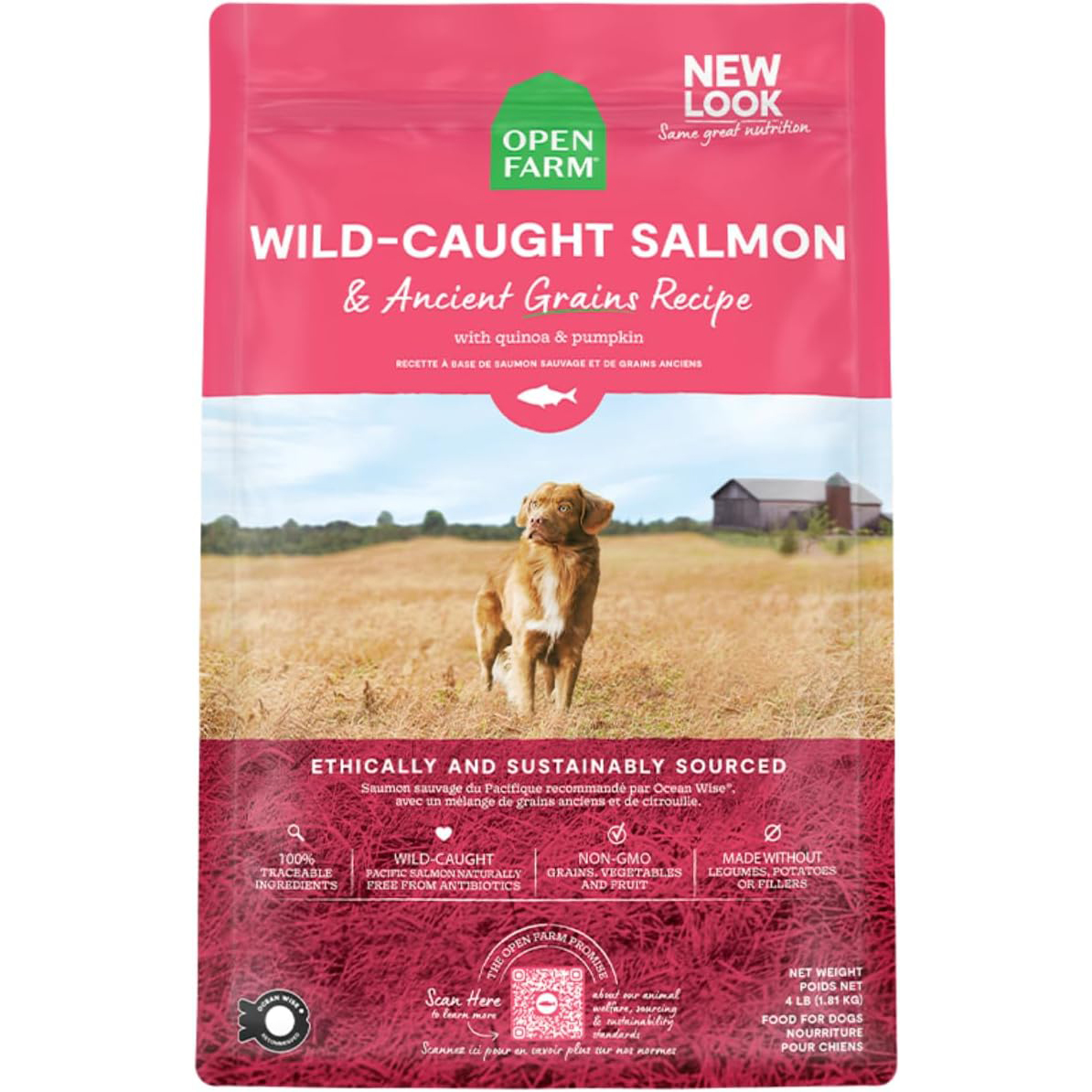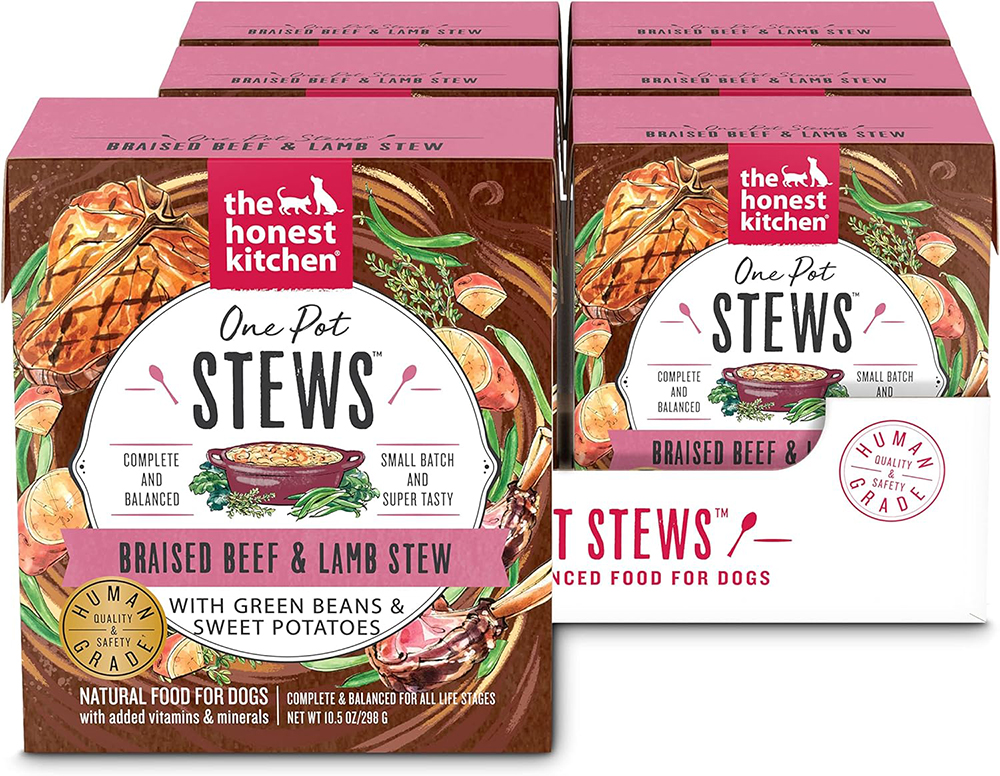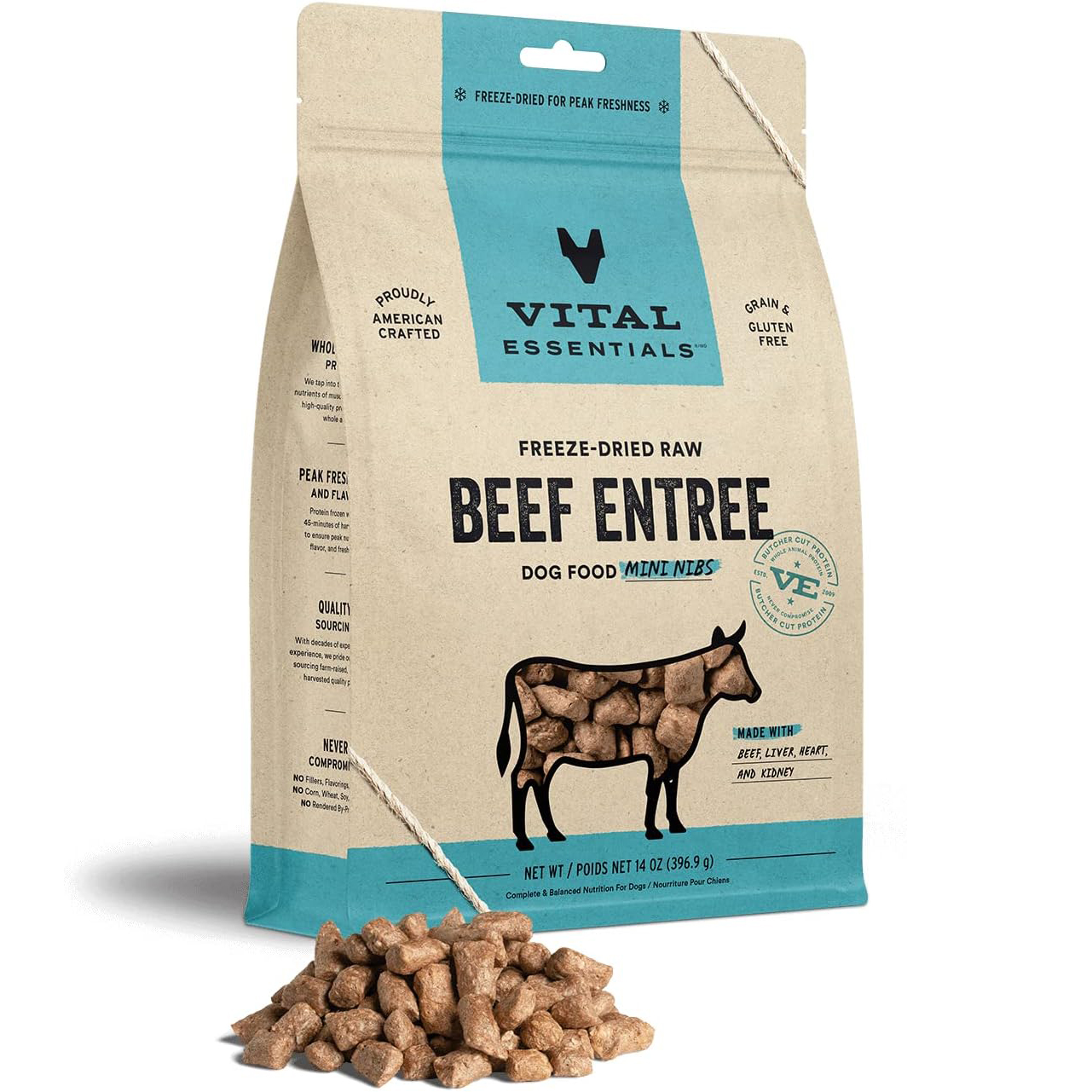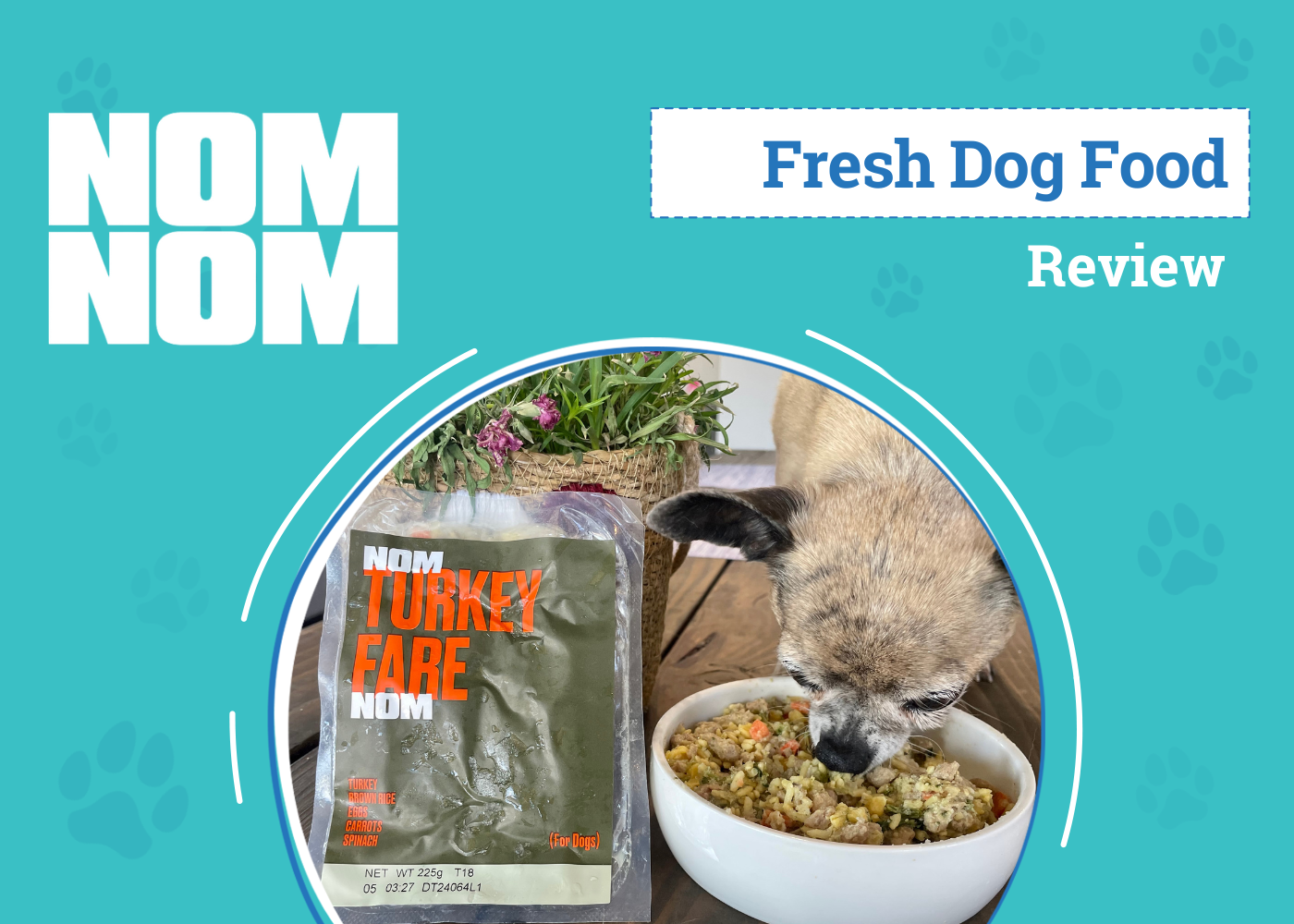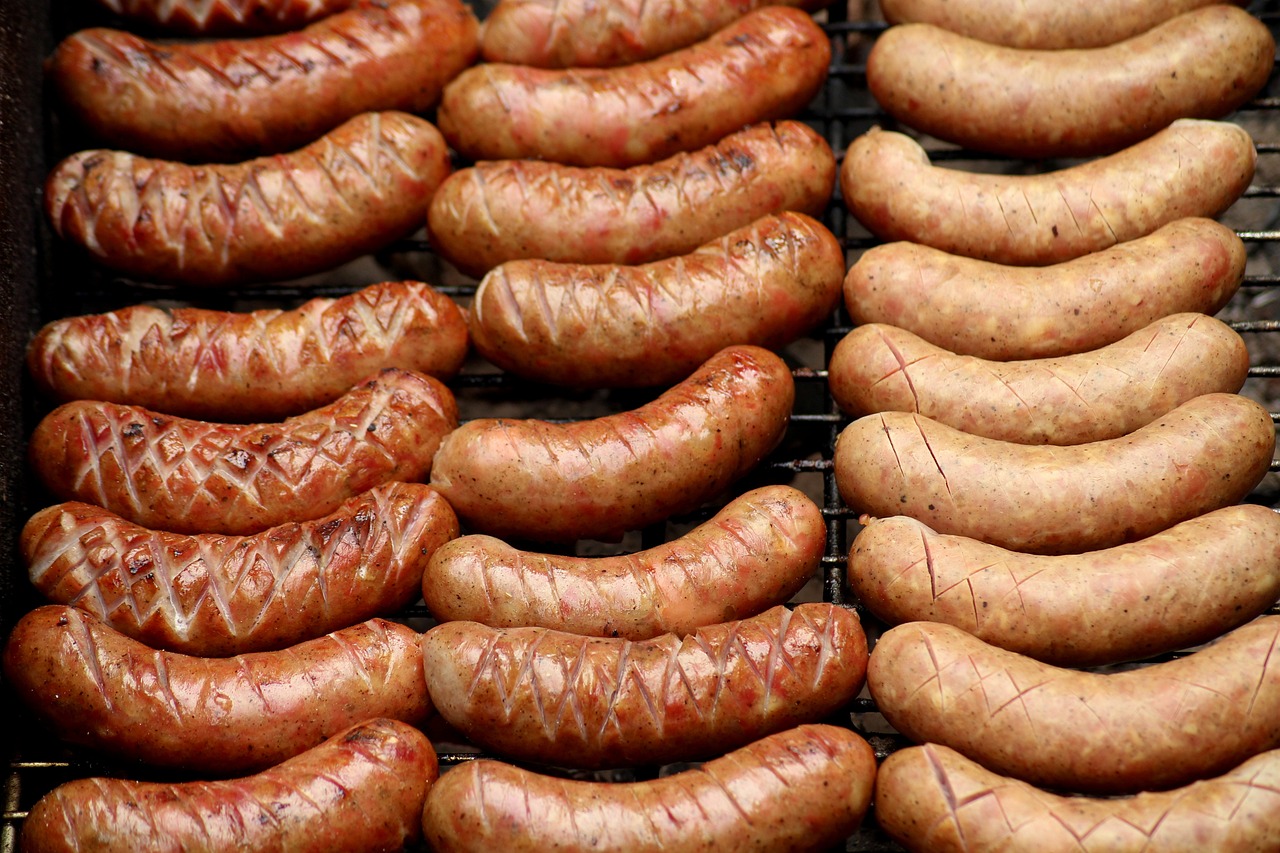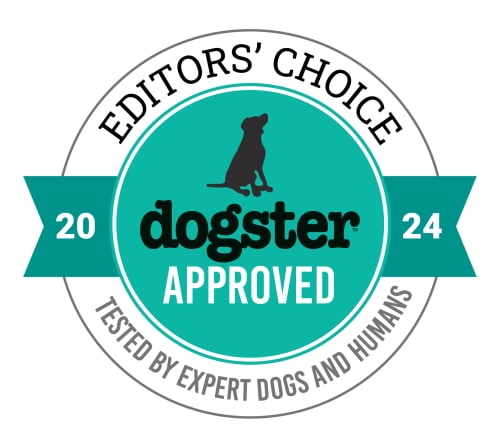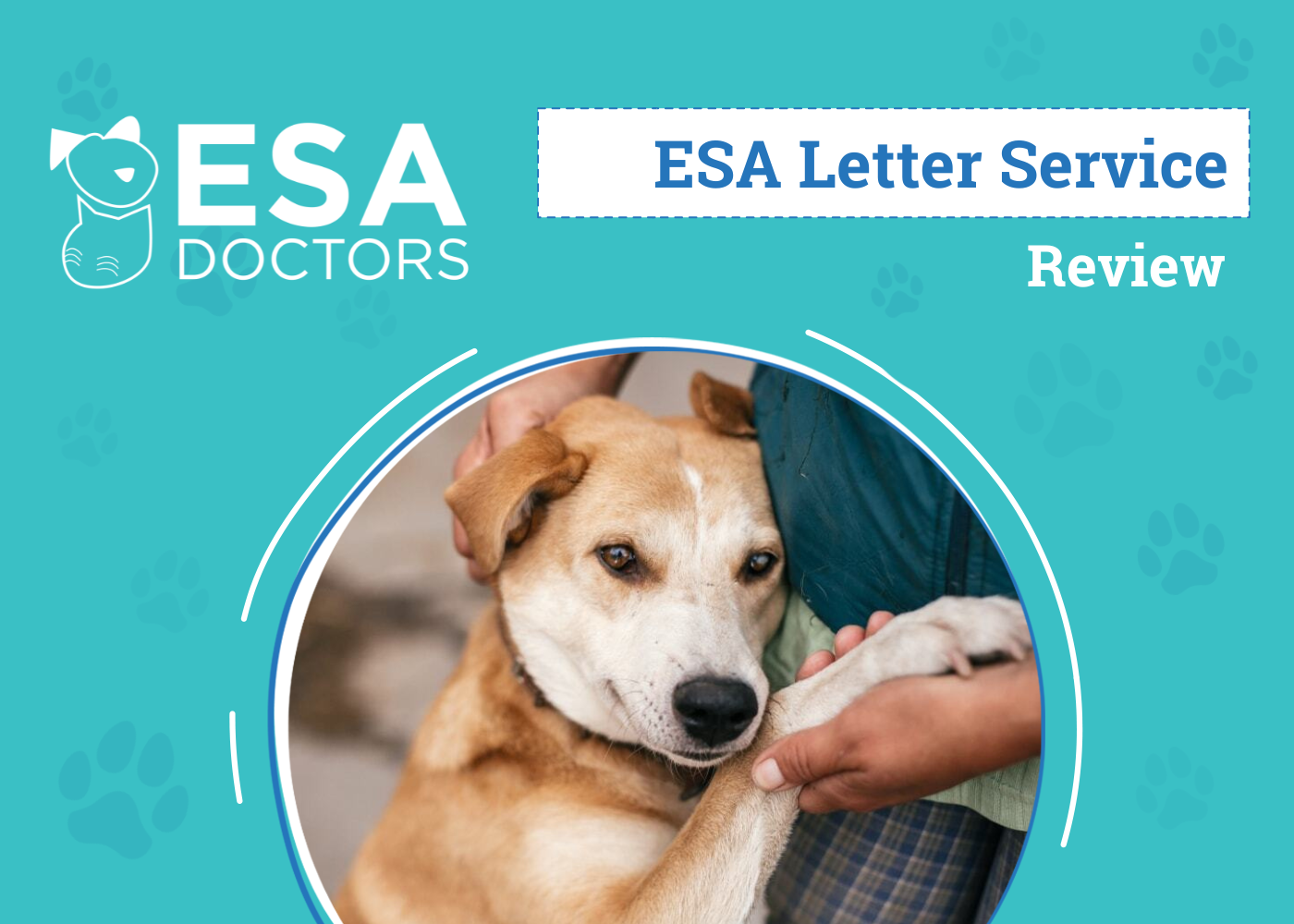As crucial as it is for your pet’s health, picking the best dog food is rarely easy. Several exceptional products are available, but wading through the complicated labels, brand messages, and marketing tactics can leave even the savviest consumer confused and doubtful.
If you’re wondering which products supply the most value and how to make sense of the information, we have tips and perspectives to help you choose the right dog food for your pet.
Top 5 Tips on How to Choose a Dog Food
As the only thing they’ll eat daily, the dog food you choose must be nutritionally complete and balanced to fuel your pet’s activity and promote their overall health. Ingredients are an essential consideration, but nutrients are the central concern.
Dogs are omnivorous and can eat numerous meats, veggies, fruits, and grains. Your pet can enjoy diverse formulas and flavors if they receive the required proteins, fats, vitamins, and minerals.
Commercial dog food is often the easiest and surest way to ensure adequate nutrition. Manufacturers work with nutritionists to formulate safe and healthy foods.
The consumer’s role is to read food labels correctly, assess their dog’s needs, and follow the feeding directions to provide the most benefits with every meal.
1. Check For an AAFCO Nutritional Adequacy Statement
The AAFCO nutritional adequacy statement is the quickest way to ensure that a dog food provides complete nutrition. The Association of American Feed Control Officials (AAFCO) establishes nutrient standards for dog and cat foods.
Although it doesn’t do the testing, manufacturers can put an AAFCO nutritional adequacy statement on their products if they have third-party feeding tests or laboratory analyses to verify they meet the AAFCO nutrient profiles.
Dog food that meets the AAFCO’s nutritional requirements is considered “complete and balanced.” It has at least the minimum requirement for the essential nutrients, each in the proper proportion, giving you confidence that you’re fulfilling all your dog’s dietary needs.

2. Choose Based on Life Stage and Body Type
Dogs need varying nutrient profiles based on their developmental stage and breed. For instance, growing puppies need more nutrients like protein, fat, and calcium to complement their growth and development, while senior dogs may need less fat and protein to prevent weight gain. Larger breeds will need less calcium and phosphorus to promote healthy growth, while small breeds may need fewer calories. Foods will have clear labels like “Small breed formula,” “For large breeds,” or “Adult stages” to help you decide.
Talk to Your Vet to Choose the Right Dog Food
Generally, you want dog food designed for your dog’s breed and life stage. Timing the transition from one life stage food to the next can change depending on the breed of dog and any health conditions.
You can talk to your vet to help you decide when to change which lifestage to feed and when.
3. Check the Guaranteed Analysis (and Do the Math)
Ingredients, guaranteed analysis, and feeding instructions are the other essential details on the label that deserve your attention. Guaranteed analysis breaks down four broad details:
- Maximum moisture
- Minimum crude protein
- Minimum crude fat
- Maximum crude fiber
These numbers will be displayed as a percentage of the total weight of the food, including the moisture. Looking at these percentages on a dry matter basis by removing the moisture can significantly affect how much each nutrient stacks up in the formula.
How to Calculate Dry Matter Percentages
Calculating the true nutrient concentration on a dry matter basis lets you compare foods more accurately. To calculate the dry matter concentrations, subtract the product’s moisture percentage from 100. Then, divide the nutrient percentage by the dry matter percentage and multiply by 100 to get the rough percentage of that nutrient on a dry matter basis.
Consider a dry dog food product with 10% moisture and 24% protein:
- 100% – 10% moisture = 90% dry matter
- 24% protein/90% dry matter = 26.67% protein on a dry matter basis
You can see that the percent protein is higher on a dry matter basis than it is as a percentage of the complete weight of the food.

4. Check the Ingredients
The ingredients include everything that is in the dog food, listed by concentration in descending order based on weight. Look for high-quality protein sources as the primary components while avoiding sketchy ingredients like the following:
- Generic ingredients like “fish meal” or “poultry by-product” that don’t define a species
- Meat by-product as the first source of protein
- Non-animal ingredients as the top protein
- Refined grains like white flour
The preservatives and additives toward the end of the ingredient list can be tricky to judge. Though manufacturers add them in amounts determined to be safe, this is one of the most crucial areas for many pet owners to consider when feeding their dogs the healthiest diet possible.
When you’re unsure about any of the ingredients, research the risks online and contact your vet.
5. Decide on the Food Format (Dry, Wet, Etc.)
Manufacturers provide more food options than ever and strive for the most natural, healthy, and palatable products.The dog food formula that you choose can significantly impact your dog’s eating habits, your finances, and everyone’s overall satisfaction.
Dry Dog Food
Dry dog food is the most cost-effective and popular dog food. Ingredients are mashed together and extruded (cooked and shaped), a process that can reduce nutrient quality and palatability. Regardless, dry dog food that meets AAFCO standards will be as nutritious as necessary, so you can be confident feeding it to your pet.
Dry dog food encourages chewing to help prevent dental disease and is easier to portion to multiple dogs according to varying schedules.
- Our Pick: Open Farm Ancient Grains Dry Dog Food
Open Farm Ancient Grains Dry Dog Food comes from a company focused on sourcing and sustainability. Responsibly raised meat sources combine with wholesome grains in various GMO-free recipes to supply a rich blend of high-quality proteins, fats, vitamins, minerals, and fiber.
Wet Dog Food
Wet dog food is a little pricier and less convenient than dry food, but it’s an excellent way to hydrate your dog and offer them a more tantalizing meal. Canned foods are gentler for dogs with dental problems and typically have a stronger smell and taste.
- Our Pick: Honest Kitchen One Pot Stews
The Honest Kitchen One Pot Stews boast human-grade ingredients to supply complete and balanced nutrition in a highly palatable format. There are no feed-grade components, meat meals, artificial preservatives, or low-grade fillers. The product is kettle-cooked in small batches, retaining maximum flavor and health benefits to satisfy dogs and their owners.
Freeze-Dried Dog Food
Freeze-drying dog food removes moisture without heat, making it an excellent way to add shelf life to raw diets. Though pricey, these formulas retain crucial nutrients that traditional commercial preparation can degrade.
They’re highly nutritious and digestible, maximizing the food’s benefits, and you can feed them as a meal or topper.
- Our Pick: Vital Essential Freeze Dried Raw Mini Nibs
Vital Essential Freeze Dried Raw Mini Nibs is a meat-heavy raw food featuring limited ingredients with no fillers or artificial additives. Ethically sourced components work together in a complete and balanced blend, promoting strong muscles, improved GI function, and healthy skin, teeth, and coats.

Final Thoughts
Every pet is different, and although checking labels and researching brands is critical in choosing a dog food, your dog’s response to it will be more significant than anything. You can monitor your dog for an appropriate body condition, a healthy hair coat, upbeat energy, and healthy digestion and stools while ensuring they enjoy the taste of the food and don’t show any allergic reactions.
You have plenty to consider when choosing the best dog food, and several brands will likely work well for your dog. By following these tips and working with your vet, you can easily find a trustworthy product.
Featured Image Credit: BearFotos, Shutterstock




